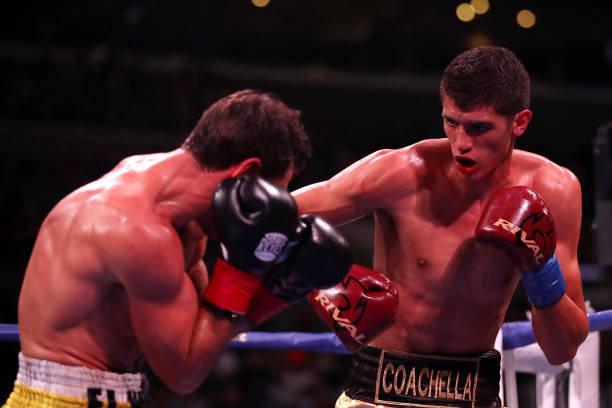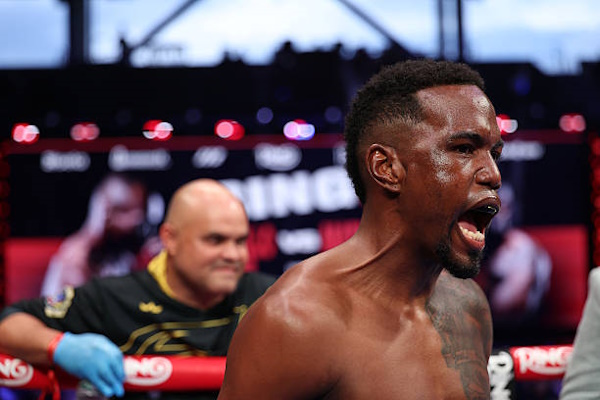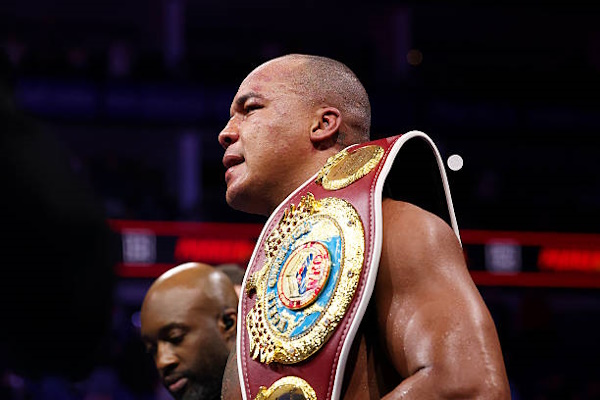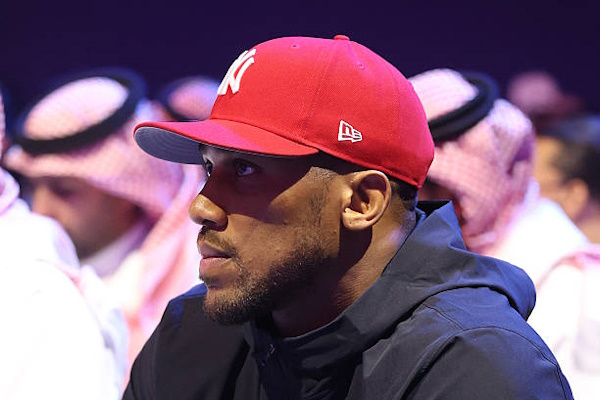The misconception that reigns in boxing today is that the size of a boxer doesn’t matter, ultimately, because the skill of a boxer determines who is better. While skill is obviously one of the most important parameters that determines a winner in combat sports, size is – arguably – just as important.
Height, weight and reach all factor into size. While weight is less of a factor considering two competing boxers need to weigh within a certain weight range, but how boxers carry and use their weight is certainly important. Boxers that move up in weight (division) they’re unfamiliar with will need to transition towards moving their bodies with the extra amount of pounds, often leading to them getting tired quicker. In comparison, boxers that move down in weight will also have issues; the stress and fatigue that can occur from losing that weight can last all the way to when the fighter steps in the ring.
There’s also height and reach. A taller boxer usually has a longer reach, allowing them to be able to stay outside of the range of a shorter boxer’s punches, and the longer legs can attribute to a boxer being able to close and widen the distance better.
A shorter boxer usually has the advantage of speed, and their bodies are perfectly shaped to allow them to use their hooks (swinging arm punches moving in a circular motion) which can be more devastating than a straightforward punch due to the body being able to channel all the weight with their movement to make for stronger punches. This naturally makes them more of a threat the closer they are than a taller boxer.
It’s important to note that although size is clearly important to a boxer’s performance in the ring, equally-sized opponents cannot rely on their size to gain an advantage, and no real advantage can be incurred based on whether someone is taller or bigger, or has a bigger or shorter reach; it depends on their ability to use what they need to determine are physical advantages or disadvantages.
The best boxers are the ones that are capable of using their size to their advantage; each fighter is capable of doing one thing better than another as illustrated with a fighters like Mike Tyson – who was short for his stature but very effective in using his smaller size to dominate opponents from up close – and Wladimir Klitschko – a tall boxer that was one of the best when it came to beating opponents from the ‘outside’, usually remaining out of range of punches while delivering devastating blows to the often smaller opponent with his long reach.
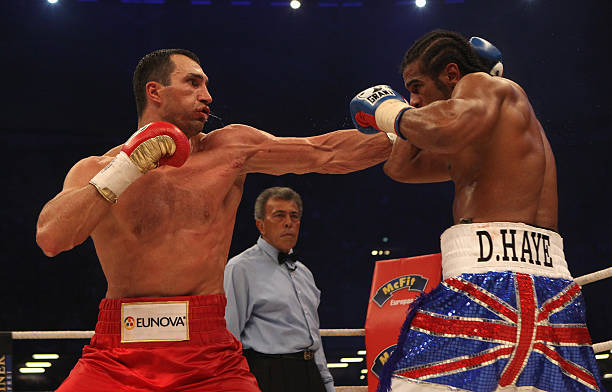
The legends of old set a precedent that although size matters, it was not the perceived advantages or disadvantages they had that would set them apart, it wasn’t about who was taller or shorter, it was about them being able to use their bodies to the fullest extent of their capabilities, and using a style that both suited them and helped them gain an edge over their opponents.
Canelo Álvarez is a more recent example of a fighter that managed to use their size well throughout their career. In lower divisions such as the Welterweight class, he was able to use his size to bully opponents into submission, Amir Khan being one of the more familiar victims of this approach.
In the higher weight divisions such as the Super Middleweight weight limit, Canelo still used his size to his advantage, but he no longer relied on being bigger this time; he used his smaller size similarly to how Mike Tyson used it, near-flawlessly using the speed granted to him as the shorter fighter, along with his natural power and counterpunching abilities to become Undisputed at (the) 168 lbs divison.
While Canelo did lose twice, the first time by a smaller opponent in Floyd Mayweather Jr. and the second time against Dmitry Bivol who ironically used his own size and counterpunching proficiency to great effect, similar to how Canelo beat his opponents in the past. The manner in which he lost to both combatants is a stark contrast when you analyze the size of both opponents; both Mayweather and Bivol beat Canelo decisively, but while the former was smaller than Álvarez, the latter was bigger. They still stormed to comfortable wins, showing that while size is important, it’s only as important as the way it’s used.
Everyone arguing that size does matter isn’t wrong, but their myopic view on size leaves this concept misunderstood. Being taller or smaller both matter, but size is only as important as the ability to use it. Being able to use your frame efficiently is ultimately what matters, and what decides how productive size can be in boxing.
